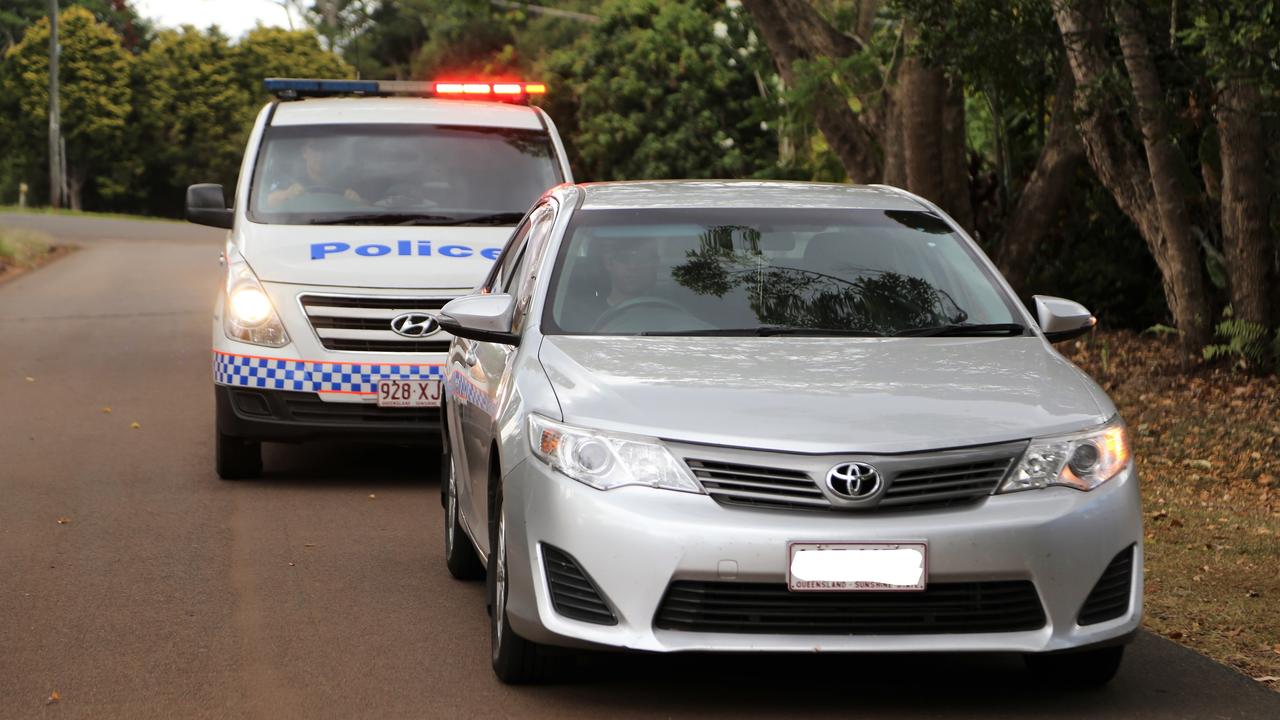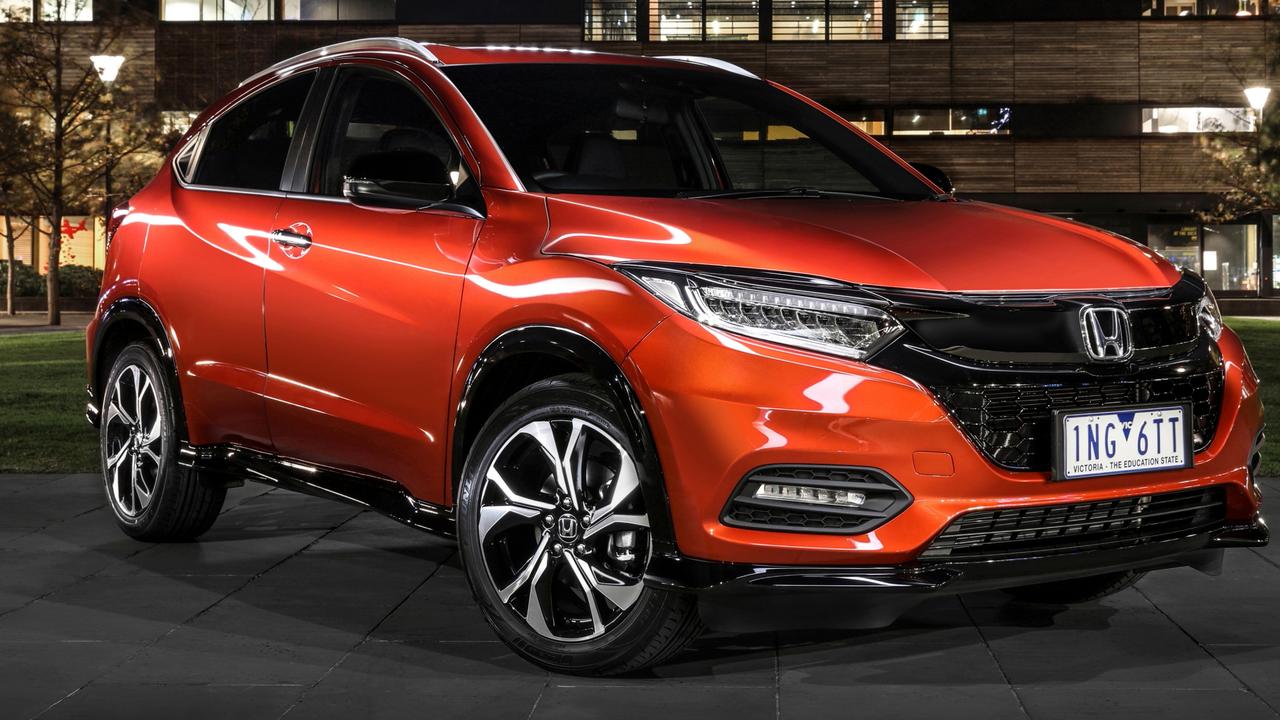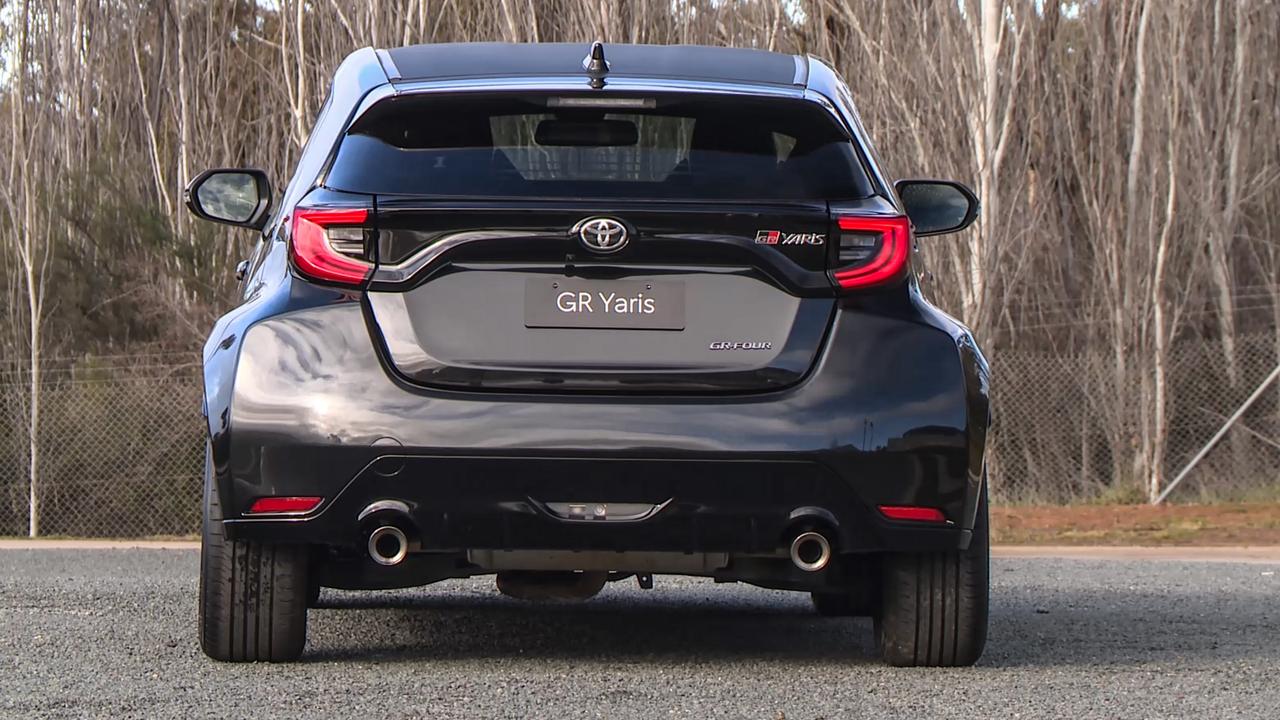Lamborghini recalls more than 100 Aventador supercars in Australia due to fire risk
IT’S one of the hottest cars on the road, but it may be a little too hot for some. The most expensive luxury-car brands are not immune from recalls.
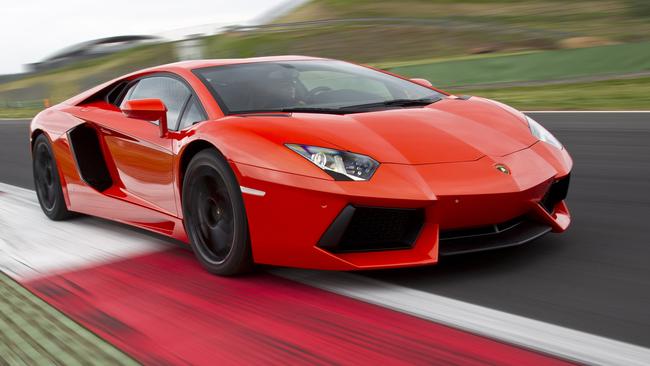
LAMBORGHINI is recalling more than 100 of its flagship supercars in Australia because they could catch fire — as the latest figures show luxury brands are increasingly appearing on safety bulletins.
The Lamborghini recall issued over the weekend affects most of its $800,000 Aventador V12 models — famous for its “gull-wing doors” that open vertically — sold from 2012 to 2017.
The recalls.gov.au website says “if the fuel tank is overfilled … there is a risk of fire” if the gases and fuel vapours make contact with the exhaust.
It is the second recall warning about a Lamborghini fire in the past five years — and in 2013 there was also a Lamborghini recall for potentially defective brakes.
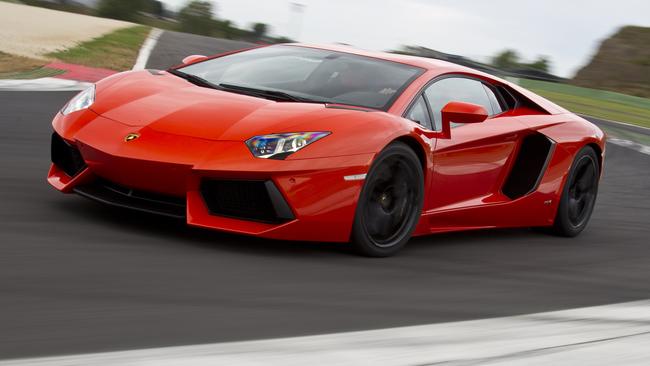
The incidents show even the world’s most expensive luxury-car brands are not immune from safety bulletins.
In the final months of last year, Mercedes-Benz ended up overtaking Jeep to issue the most number of recalls in Australia in 2016.
Mercedes issued 17 recalls for its cars and SUVs (plus five for its vans and trucks) versus Jeep’s tally of 16 notices.
The Mercedes total was the most number of automotive recall bulletins ever issued in a calendar year, although six of its 17 notices covered 15 cars or less.
“We rate safety very seriously and we institute the recalls to protect the consumer and the integrity of the vehicle,” said Mercedes spokesman David McCarthy.
“While the actual number of vehicles affected by each individual recall are small compared to other brands, we will continue to issue recalls as we believe appropriate and required by law.”
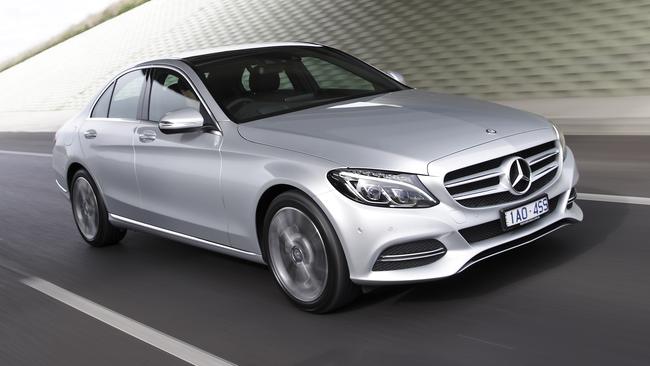
By comparison, Australia’s top-selling car brand Toyota issued only eight recall notices last year — despite outselling Mercedes-Benz and Jeep by more than five-to-one. However, the Toyota recalls covered more than 500,000 cars because its volume is so high.
Earlier this month, Porsche Australia issued a recall for 240 of its latest sports cars because some of the fastening screws for its fuel pipes might loosen, causing fuel to “come into contact with an ignition source” and create a “potential for fire”.
Three months ago, Rolls-Royce and BMW issued recalls in Australia because the front airbags might not deploy in a crash.
In June last year Ferrari got caught up in the Takata airbag scandal which affects more than 98 million cars globally and 1.4 million in Australia.
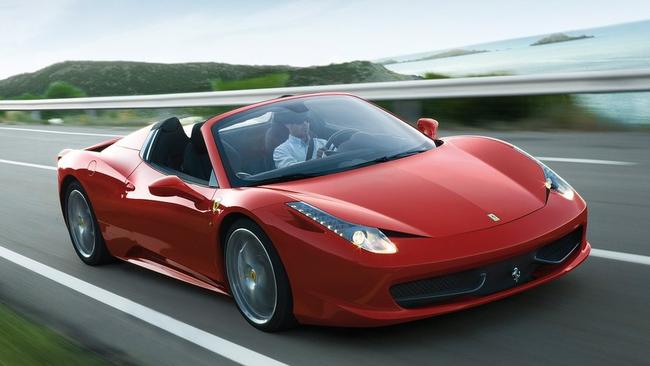
During a crash, the Takata airbags — used by more than a dozen car brands including Toyota, Honda, Nissan, Mazda and Subaru — may spray shrapnel. To date, 13 deaths have been linked to the fault worldwide, although none have been in Australia.
The Ferrari statement on the recalls.gov.au website described the potential for deadly airbag shrapnel as a “nonconformity … which may result in the incorrect deployment of the inflation device”.
Industry insiders say cars are not necessarily being built worse than before, but the ability to detect faults has improved.
“There is also the fear of facing a massive fine or a government sanction if you don’t issue a recall,” a high ranking car industry executive told News Corp Australia.
“All the car companies have seen what happened to General Motors in the US when it took up to 10 years to issue a recall for defective ignitions switches, and we’re still seeing the Takata airbag issue unfold globally,” he said.
“That’s why now the whole industry is on red alert. Recalls are being issued at the slightest hint of trouble, which in the long run is better for the consumer because hopefully it gets more cars fixed.”
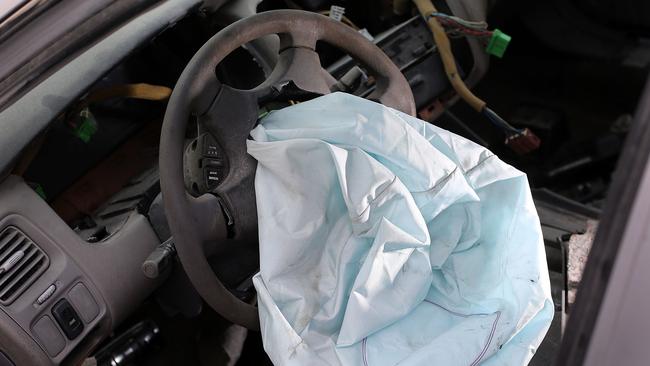
The other hurdle for safety regulators: not everyone takes their cars in for the recall repair — which is free of charge by law — because they either don’t have the time or did not receive the letter in the mail.
“If a car company has more than 75 per cent of its cars fixed for a particular recall, that would be considered an outstanding result,” said the industry insider. “The problem is, at least 25 per cent or more are still out there with the defect.”
This reporter is on Twitter: @JoshuaDowling

